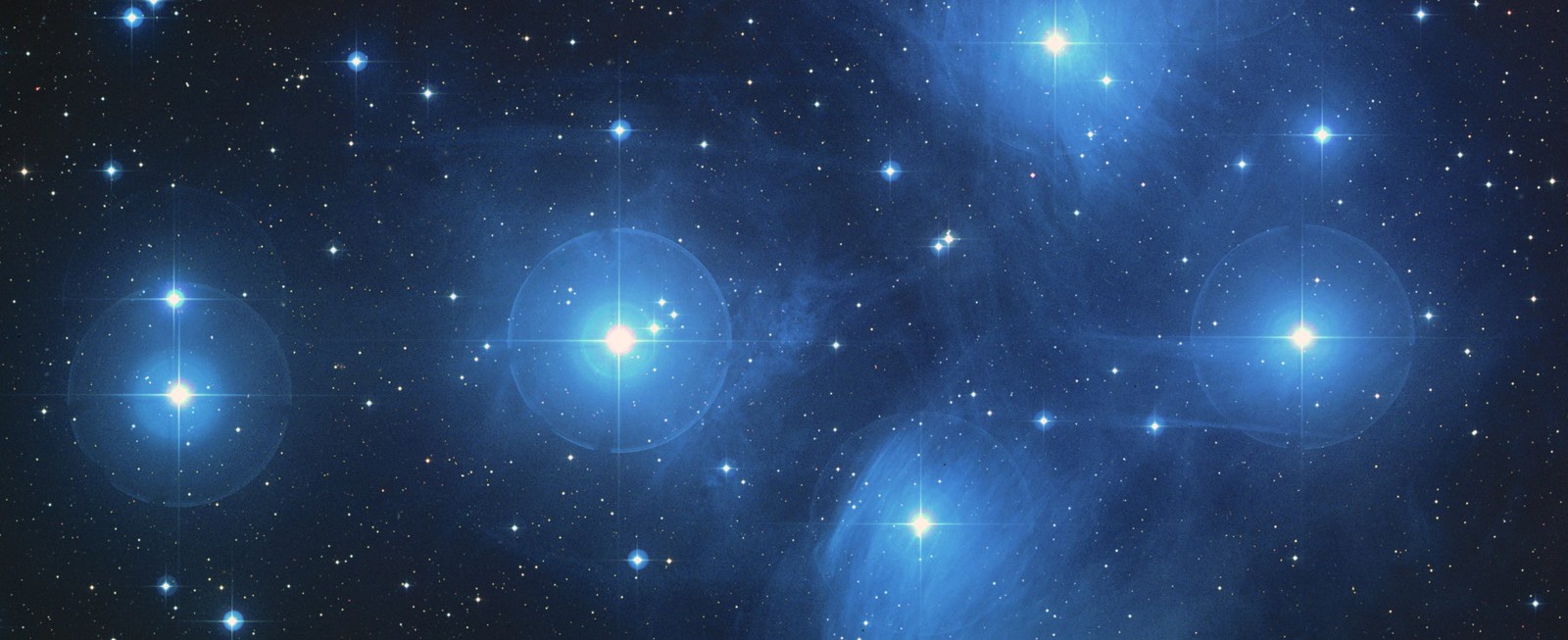Roughly half of the coursework in Pre-MAP will be spent working on a research project in a very small group with mentors from the Astronomy Department, who will usually be a graduate student and their faculty advisor. The research projects typically advance the research goals of your mentor, and so the projects that we offer cover a variety of topics and size-scales from stars to galaxies.
Students can select their top three project choices, and we will sort you into groups among your top choices. Read about the projects below, and follow the links to learn about your potential advisors.
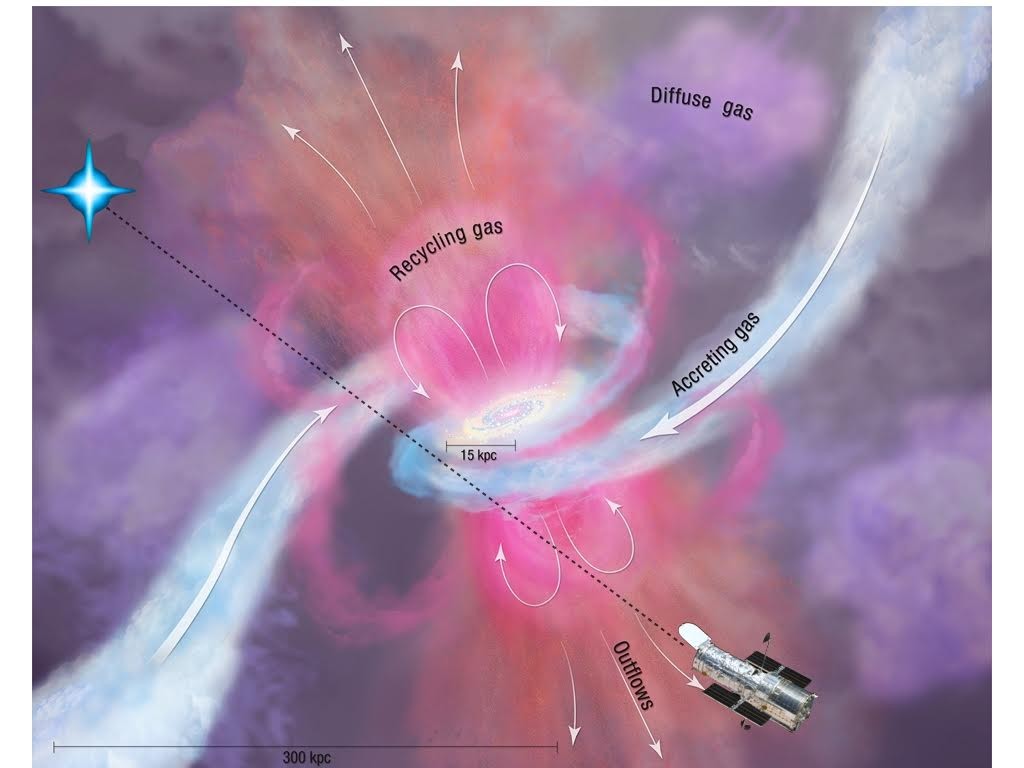
Title: Mapping Cosmic Baryon Cycle
Mentors: Professor Jessica Werk, Hannah Bish, Nicole Sanchez
Skills: Python Notebooks (preferred; not required), basic unix commands, organization and pattern recognition skills
Students: Magdalyn Paige & Brittany Platt
Image credit: Space Telescope Science Institute (by Anne Field)

For this project, students will measure spin rates of stars in binaries using data from the Kepler spacecraft. Many stars have spots like those on the Sun, which are cooler regions than the surrounding surface. As the stars spin, the dark spots come into and out of view, changing the apparent brightness of the stars. From the changes in brightness over time – known as a light curve – we can tell how fast the stars are spinning.
The challenge is that not all stars have spots. Students will use a graphical interface to visually inspect light curves to decide which stars have spots, and measure the rotation periods of the spotted stars to determine if they are locked.
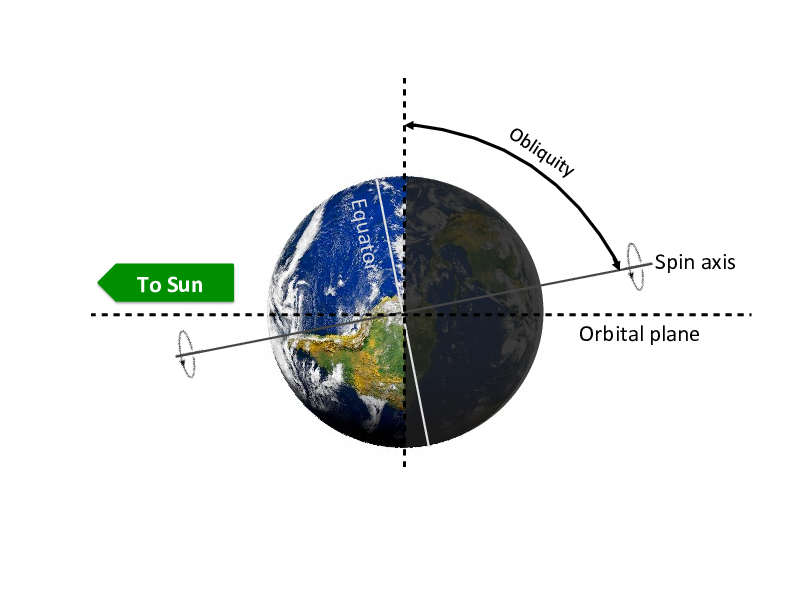
Skills: basic Python skills and some familiarity with Numpy and Matplotlib libraries. Basic Unix/Linux skills–executing programs in background, etc.
Earth’s seasons are a result of its axial tilt, or “obliquity”, which causes the amount of sunlight received at each latitude to change as the planet circles the Sun. Earth’s obliquity is only 23 degrees, however, meaning that its spin axis is still mostly upright relative to its orbit. As a result, the poles receive much less sunlight than the equator, and ice sheets, when present on Earth, form at high latitudes. Exoplanets may have much larger obliquities because of the quasi-random nature of planet formation. At very high obliquity, a planet is essentially orbiting on its side, and the poles will actually receive more sunlight than the equator over the course of a year. Some early studies of climate on such high obliquity planets suggested that ice sheets can form in a belt about the equator, rather than permanent caps at the poles. Other studies have suggested that ice belts are impossible, and only two climate states exist at high obliquity: completely ice-free, or completely frozen (a global snowball).The Virtual Planetary Laboratory (VPL) has developed a model (called VPlanet) to synthesize a host of planetary processes. We will be utilizing VPlanet’s climate model, and potentially some of its other components, to explore the climate states of high obliquity planets to try to answer the questions: are stable ice sheets are possible on such planets, and if so, under what conditions? Further, what are the consequences for the habitability of highly tilted planets.
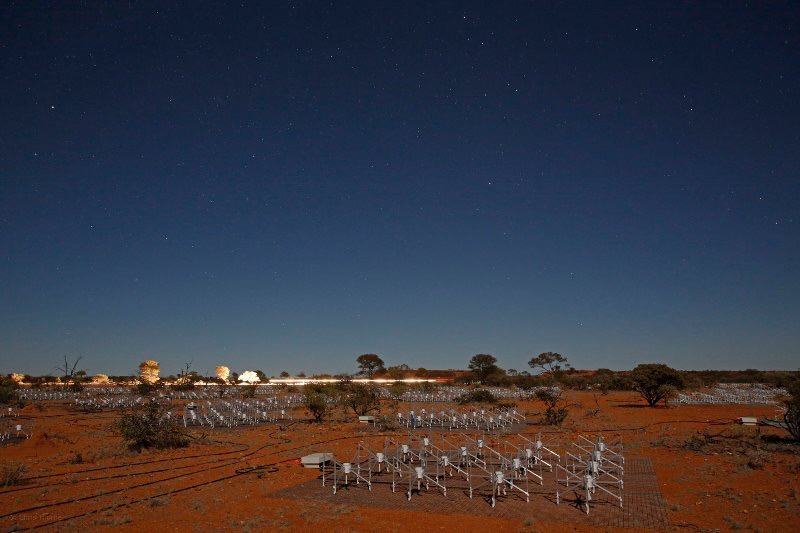
Skills: Python, Unix, will teach some Git and statistical correlations if time allows
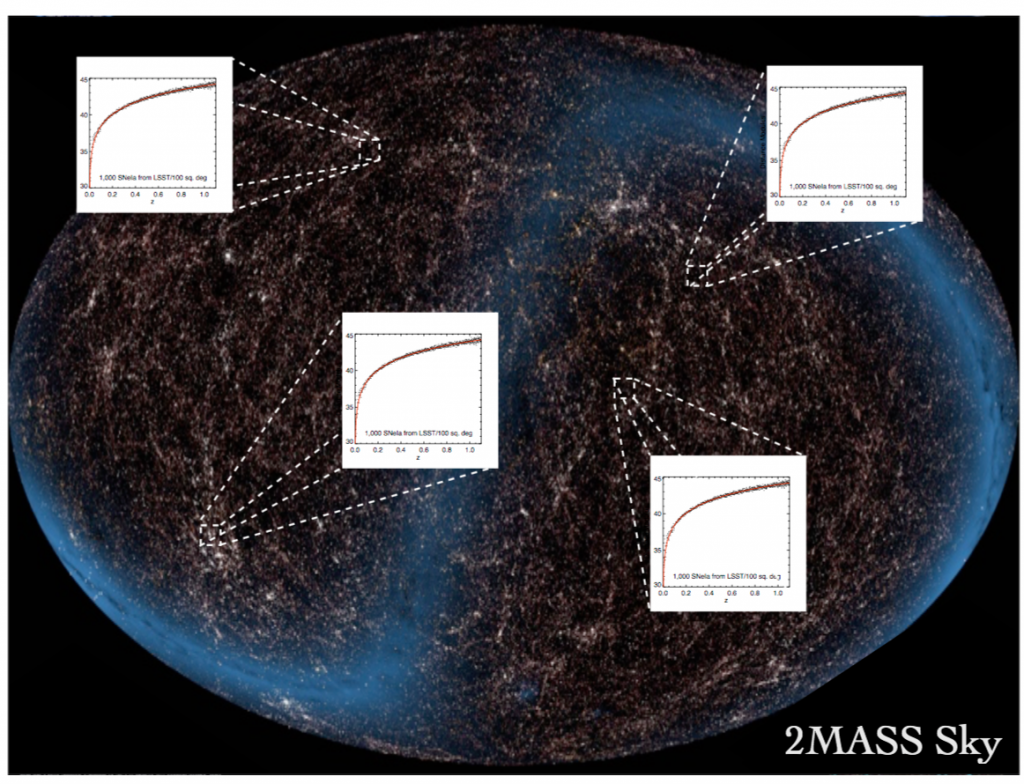
Students: Esmeralda Manjarrez & Madeline Cummins
One of the major axiomatic tenets of modern cosmology is the large scale statistical symmetry of the universe. The universe is taken to be statistically isotropic and homogeneous. Such symmetries are well explained by inflationary models, and to the extent that they have been tested, these assumptions have been affirmed. In particular, isotropy of the universe at very early times has been well tested at certain scales by observations of the cosmic microwave background (CMB). The only potential anomalies are at extremely large scales, where the results are uncertain due to a lack of possible samples (there is only one universe to observe). Thus such results will not improve even with better observations of the CMB.
At low redshift, the situation is different. First, the physics may be different, because the large scale evolution is driven by new components like dark energy. Second the set of potential observations that may be used to study isotropy are also different, making it possible to get new insights into this question. Thus it is possible to ask if low redshift (very late time observations) can tell us more about isotropy. A way of doing this is using supernovae Type Ia (SNIa). These are actually exploding stars of a particular kind, which have the interesting property that they are ‘standardizable candles’. This means that given a sufficient set of observations of a supernova Type Ia, one can infer the intrinsic luminosity of the supernova observations. This property is usually used in inferring the expansion history of the universe since the time at which the SNIa exploded. One can think of these results as telling us What the expansion rate was at different times.
It turns out that with the sky area (about half of the sky) covered by the Large Synoptic Sky Telescope (LSST), it could be possible do this using Supernovae Type Ia. This is about ~20,000 square degrees which is much larger than the areas surveyed by current and previous SNIa surveys. Using this we may try to ask if the expansion history of the universe was different in different directions of the sky. In this project, we will use catalog simulations of SNIa observations (which we have) based on baseline observing plans of LSST to try to understand the power of this survey in constraining isotropy of space.
